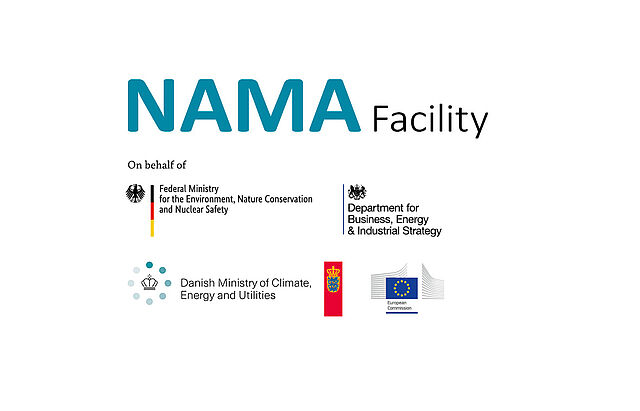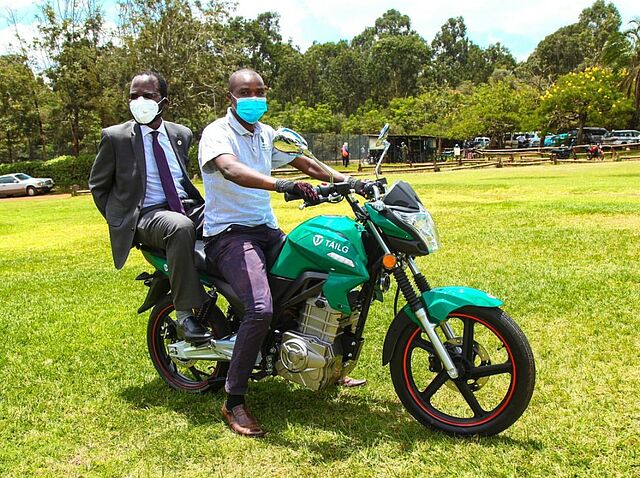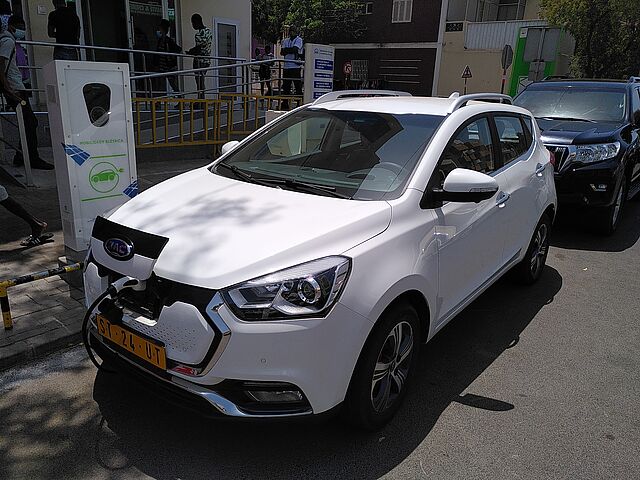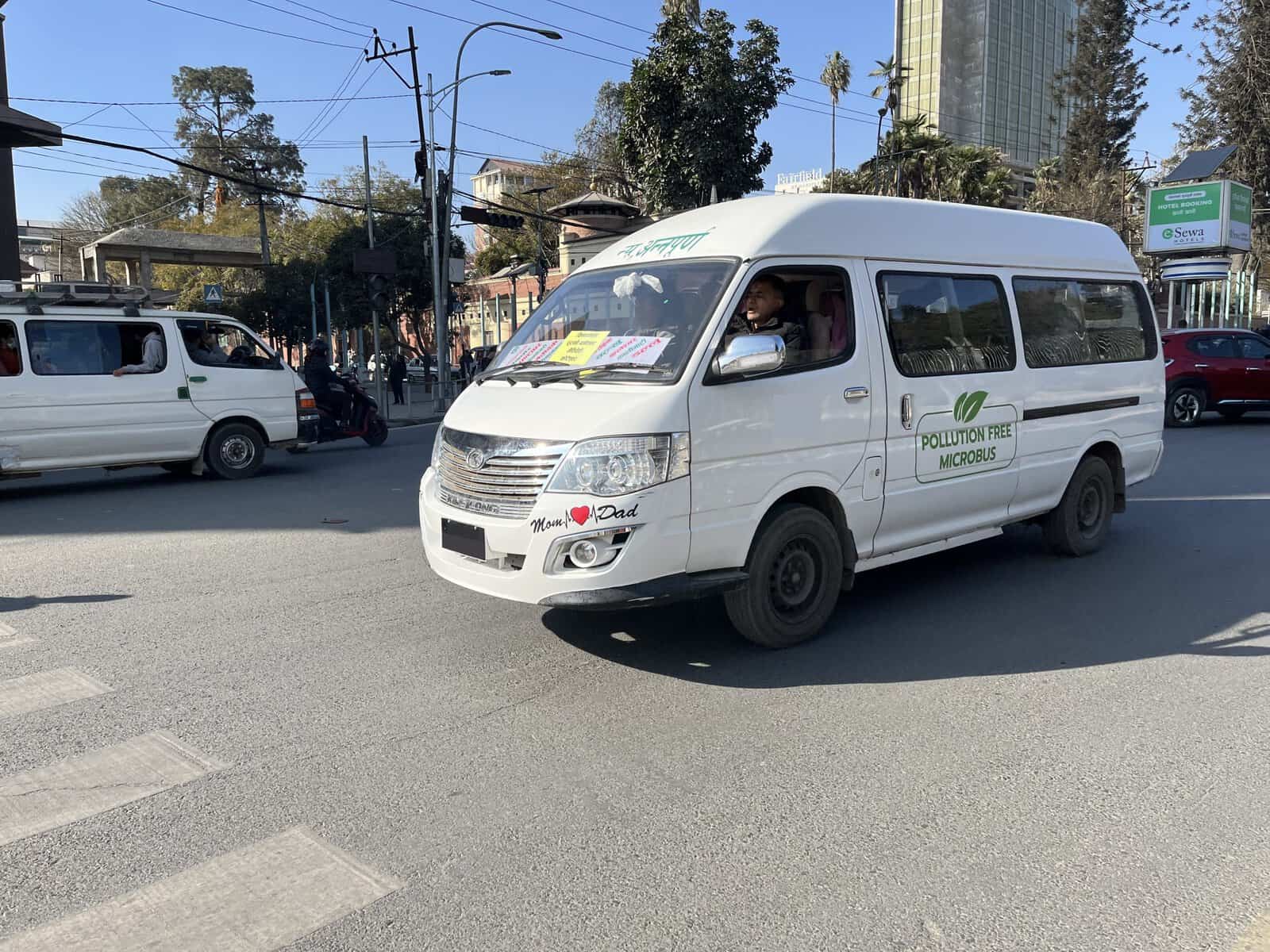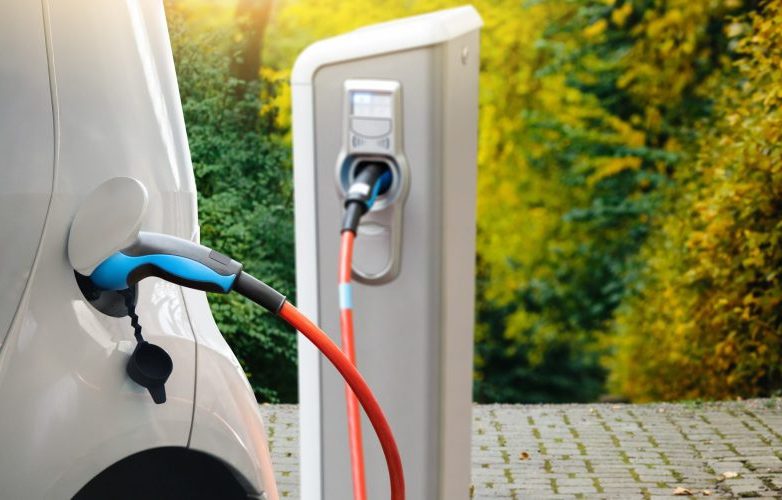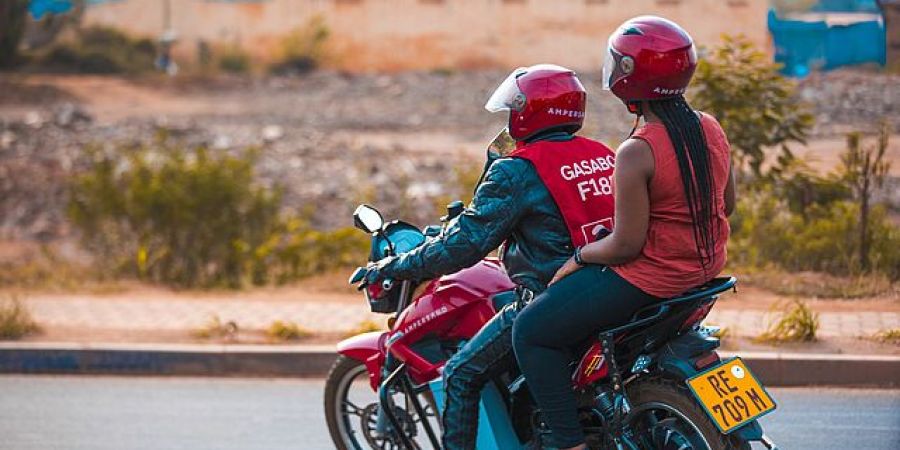
Background: In 2015, the transport sector accounted for 13% of the total greenhouse gas (GHG) emissions in Rwanda. More than a quarter of these emissions were estimated to come from motorcycles – the dominant mode of transport in the country and its capital, Kigali. In absolute numbers, in 2019, there were 30,000 motorcycles within a 12km radius of Kigali, and 110,000 motorcycles on Rwandan roads in total. The majority of these motorcycles serve as motorcycle taxis (‘motos’ or ‘bodas’), representing a growing segment as an affordable, cheap and versatile mode of public transportation. However, besides an increase in GHG emissions, the growing number of motos leads to high levels of air pollution and a rising demand for fuel.
Approach to Transformational Change: Tapping into the Rwandan government’s ambition to electrify and decarbonise public transport, the project “Accelerating the deployment of e-motos in Rwanda”, aims to catalyse the deployment of electric motorcycles used as taxis (e-motos) by effectively substituting motos with e-motos in Kigali, thereby decarbonising the most popular and affordable means of public transportation in the city.
The growing ecosystem of local e-moto manufacturers and the government’s efforts to facilitate the corresponding infrastructural development (e.g. land for and access to charging and swapping stations) create favourable conditions for the intervention. At the same time, barriers such as lacking inventory financing for e-moto manufacturers, regulatory uncertainties and gaps in technical standards, limited availability of charging / swapping stations and limited awareness of low-carbon or carbon-neutral mobility solutions across different groups of stakeholders still hinder motos’ electrification at scale. To overcome these barriers, the project will provide technical support and use financial mechanisms to stimulate demand for e-motos and help local manufacturers to scale up their productive capacities, while ensuring that robust framework conditions are in place. The lifecycle impacts of both traditional motos and e-motos will be considered to ensure that used vehicles, including batteries, are collected, recycled and/or disposed of properly. Finally, the emerging regional manufacturing hub for electric vehicles providing employment opportunities for men and women in East Africa will be given new incentives for expansion.
Mitigation potential: As a direct effect of the intervention, the project aims to support deployment of more than 50,000 e-motos in Kigali within the project’s implementation period. It is expected that it will result in cumulative direct GHG emission reductions of 422,556 tons CO2e.

